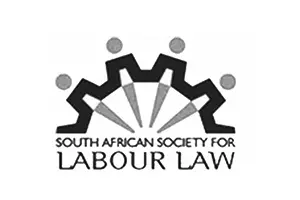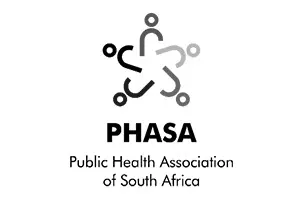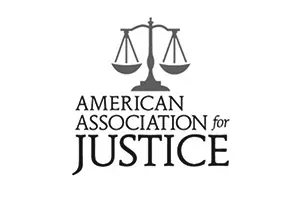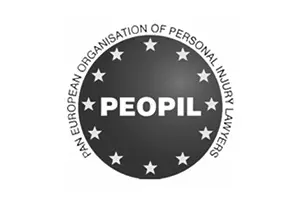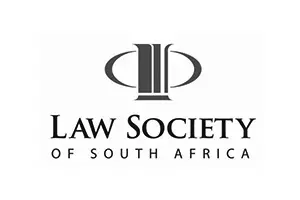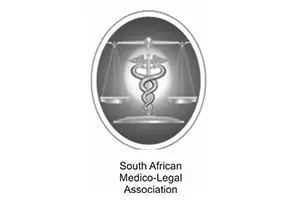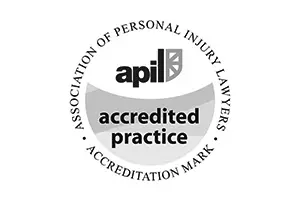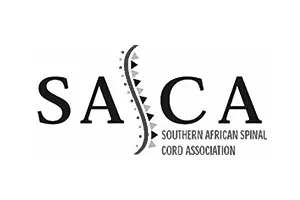Original article featured in the Daily Maverick, October 2020
While an effective criminal justice system that is responsive to the needs of victims and accountable for its failures is imperative, it remains true that despite progressive legislative and policy innovations (for example: the establishment of Thuthuzela Care Centres, amendments to sexual offences legislation, minimum sentencing guidelines as well as the repeated auditing and (re)establishment of specialist Sexual Offences Courts), the criminal justice system continues to miserably fail victims of gender-based violence (GBV).
Of the total number of cases of GBV that occur, only a fraction are reported. Of those that are reported and prosecuted (the latter not necessarily following the former) not all result in a conviction. Of those perpetrators who are convicted, many receive sentences that are not only wholly inappropriate but also send a clear message to millions of victims that both the heinous crimes committed and the intersectional harms suffered count for little when seemingly good laws are applied to the devastating realities of human (read mostly women, children and gender-diverse people’s) lives.
Given this, one might question the continued reliance on criminal justice as the most meaningful for victims of GBV – especially when criminal justice is not the only justice option. Civil law claims for damages and other transformative justice remedies (including acknowledgements of responsibility, public or private apologies, the funding of education or vocational training and/or other victim dignity, healing and life-enhancing measures) provide an additional or alternative, and for some victims significantly more meaningful, justice option – provided of course the perpetrator or entity being sued has sufficient assets to satisfy an award and the victim has access to a capable lawyer willing to take the case.
Lack of access to the legal assistance required for most forms of civil litigation will admittedly remain a barrier for many victims who might indeed find a sense of justice, or at least reparation, through civil law as many litigation-supporting NGOs and public interest law firms are constrained by the prescripts of their own donor funding to undertake precedent-setting, impact-based litigation while other lawyers generally require payment for assistance rendered or offer their mandatory pro bono hours to less time-consuming matters.
If legal assistance is available, there is nothing preventing a victim from seeking both criminal and civil justice; or civil justice on its own in appropriate cases. Such cases may include those where the victim is too devastated to be put through the lengthy and notoriously traumatising criminal justice process; where the victim does not wish the perpetrator to face a criminal conviction; or where there is insufficient evidence for a state prosecutor to prove a criminal case beyond a reasonable doubt – the standard of proof necessary in criminal law cases — but where the civil law burden of proof on a balance of probabilities may be successful; and where the perpetrator or entity legally liable for the harms suffered has the means to satisfy a damages award.
While both criminal and civil justice may be sought, it should be noted that it may be hard, but not impossible, for a civil case to follow an unsuccessful criminal case. That an accused has been found “not guilty” by a criminal court does not mean that they are in fact innocent.
In GBV matters, civil litigation may also provide greater victim support as victims are not simply witnesses in state cases against an accused but rather the main applicant in their own case against the perpetrator or legally liable entity, represented, and hopefully more protected, through their justice-seeking process by their own lawyer who also has greater scope to seek more creative and victim-centred remedies than those provided for in traditionally applied criminal law.
Ultimately, whether criminal or civil justice or both should be sought in cases of GBV depends on the facts of the case and the needs of a specific victim. This, in turn, requires honest engagement with victims regarding the justice options available to them, what each involves and the likelihood of a meaningful outcome in their case – meaningfulness to be defined by the victim themselves. It also requires access to civil law advice and assistance as well as creative thinking on the part of lawyers, legal assistance centres and the judiciary regarding transformative, dignity and healing-enhancing remedies in these cases.


